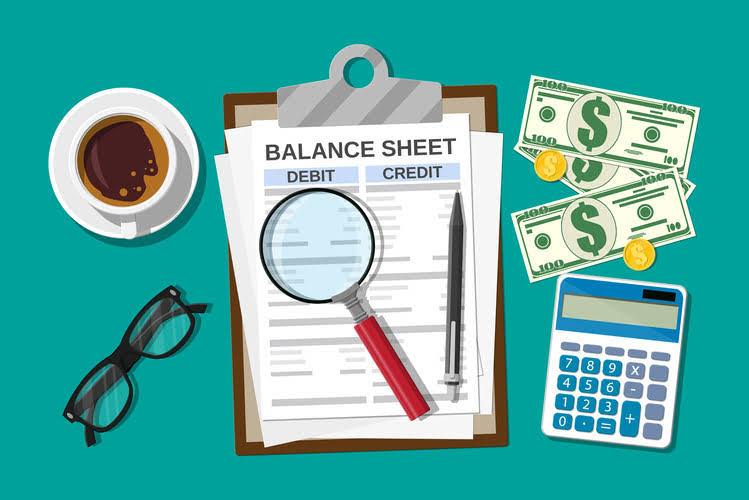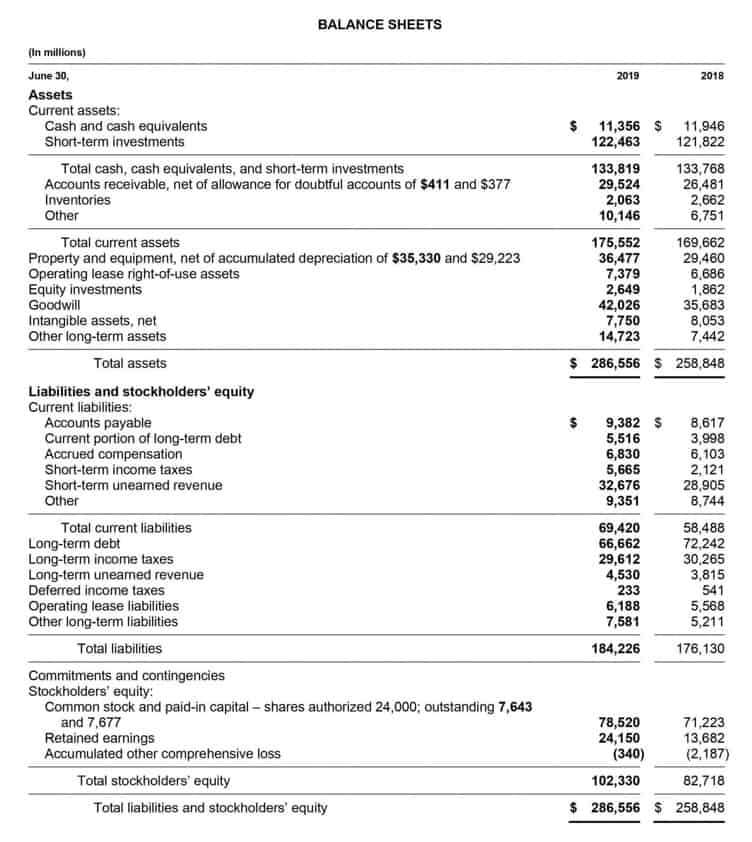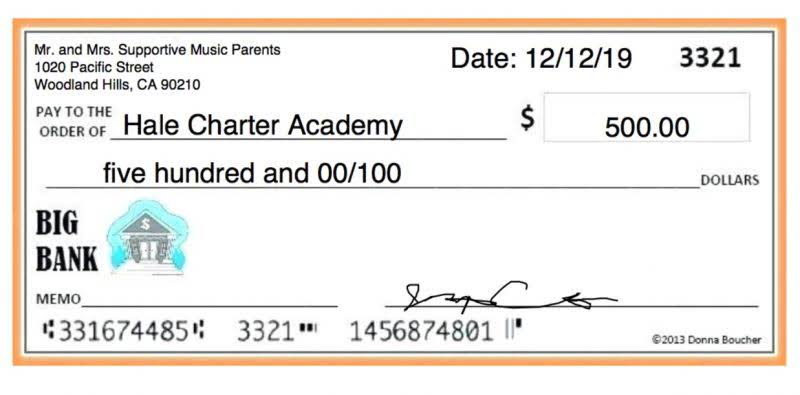
These forecasts can help you understand whether the coming months will be ideal for making major investment purchases or if you’ll need to seek temporary funding sources to cover upcoming costs. Remember, reconciliation should be performed regularly, preferably on a monthly basis. This is not just a good practice for keeping your books clean, but it’s also an effective way to detect any potential fraud or errors early. Chris serves on the Agent Advice Editorial Board and is the Chief Real Estate Officer at OJO Labs.
Failing to track deductible expenses
Imagine how stressful it would be to look for months-old receipts just before your tax-filing deadline. You can stuff your receipts into one of our Magic Envelopes (prepaid postage within the US). Use our receipt tracker + receipt scanner app (iPhone, iPad, and Android) to snap a picture while on the go—auto-import receipts from Gmail. With Shoeboxed, receipts are stored in an IRS-accepted format, making tax preparation smoother and more audit-proof. Shoeboxed has been voted the best receipt scanner app for tax season by Hubspot, Trusted Vendor, and Quality Choice by Crozdesk.

Skills you need for real estate accounting

This includes rent payments, repairs and maintenance costs, and any other income or expenses related to your rental property. There are a few ways to keep your expenses in order as your real estate business grows. This card will separate your business expenses from your personal charges, while keeping your monthly costs all in one place. You can also get a business bank account to isolate your business transactions.
Real Estate Accounting – 7 Things Agents NEED to Know (2024 Updated)
- A Freddie Mac report estimated US had 3.8 M fewer housing units in 2021 than existing demand.
- Each brokerage charges its own commission structure and creates opportunities for real estate agents to negotiate their percentages, signing bonuses, and other earnings.
- Schedule a monthly meeting to review your incoming cash and outgoing expenses.
- Property management business owners likely view accounting as the least favorite part of their job.
- It allows you to track income, expenses, and cash flow, enabling you to make informed decisions and maintain better control over your finances.
For example, if you send the tenant an invoice for the January rent in December, income is credited in December and recorded as receivable from the tenant. Real estate investment can be a lucrative endeavor, but navigating this complex domain requires https://www.bookstime.com/real-estate-bookkeeping more than just finding suitable properties and tenants. It demands meticulous attention to financial details and effective bookkeeping practices. Once you’ve got that in place you’ve paved the way to financial success in property investments.

Dealing with Rental Income and Property Management
Accounting goes beyond bookkeeping by providing analysis, interpretation, and reporting of financial data. It involves preparing financial statements, analyzing profitability, calculating depreciation and amortization, and providing insights for strategic decision-making. Accounting helps you understand the bigger picture of your https://www.bookstime.com/ real estate business. Using the same account for personal and business transactions for your real estate business can make bookkeeping and tax preparation harder. Shoeboxed can help real estate agents simplify bookkeeping, save time, track accurately, and focus on what they do best—assisting clients in buying and selling.
Benefits of Proper Bookkeeping for Real Estate Agents and Realtors
This gap in supply and demand sored prices high and left many willing buyers waiting for their chances. Evaluating your profit margins can help you to understand how much money you really make on the sale of homes and renovations of properties. You may decide to adjust your fees or focus more on investment rentals in order to grow your profits. Remember, accurate bookkeeping is not just about compliance—it also gives you a clear picture of your financial health, thus aiding strategic planning and decision making. A double-entry system is based on the idea that every credit has an equal and opposite debit.

No regular financial checkups
These apps offer excellent accounting features, track key metrics and capital appreciation, and maintain a general ledger. Some of the best property management software include FreshBooks, Buildium, Sage, and Property Matrix. In real estate investing, this usually refers to comparing the accounting records for a rental property with the actual bank statements and receipts. This is important because it helps to ensure that all income and expenses are accounted for, and that there is no fraud or embezzlement taking place.
- Not reviewing financial statements can cause undetected errors and a lack of understanding of the business’s financial health.
- Maintaining detailed and accurate records of transactions, contracts, and communications is essential for operational efficiency and compliance with tax laws.
- All transactions, business expenses, rental cash flow, and online payments take place in a designated account.
- While bookkeeping involves accounting tasks such as recording income and business expenses and tracking assets and liabilities in all industries, some transactions are specific to real estate.
- Software cannot yet replace a skilled CPA with expertise in real estate.
- Like any other accounting practice, accounting in real estate is used for many reasons.
- As an investor or property owner, you might get caught up in tasks like negotiating with prospects, renovating, and generating leads.













